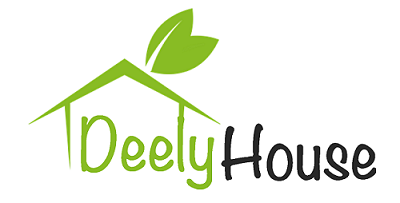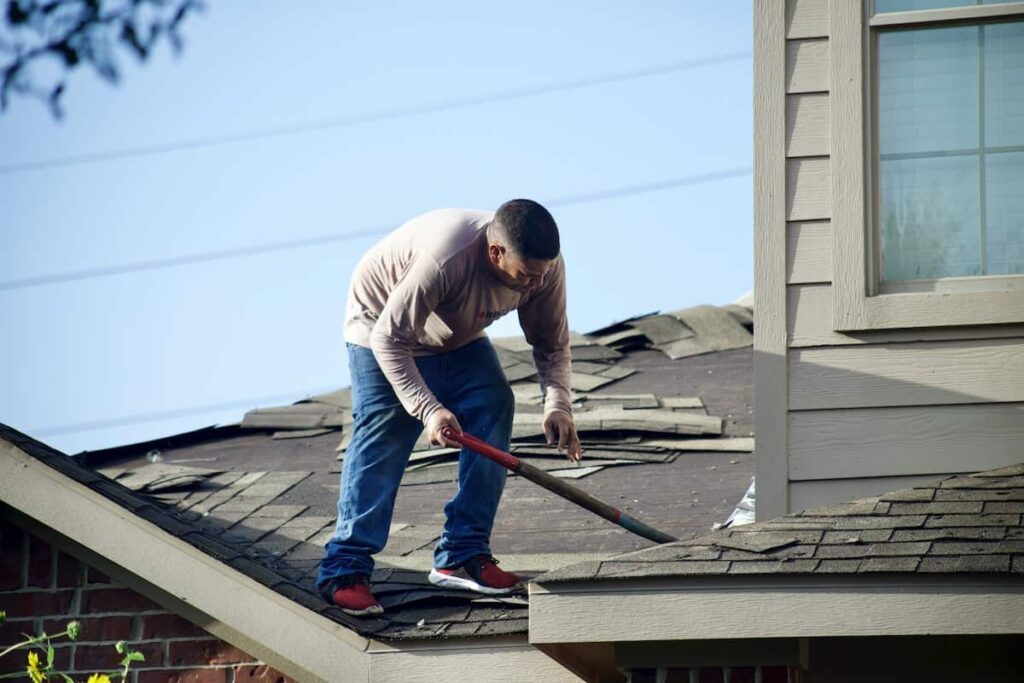Roof problems often strike without warning. Whether it’s a sudden leak or shingles torn off during a storm, situations like these demand immediate attention. Calling for emergency roof repair at the right time can minimize structural and financial damage.
This article covers the key signs of a roofing emergency, the potential consequences of delaying repairs, and why calling trusted professionals is the best decision in urgent situations.
What Is a Roofing Emergency?
When roof damage happens suddenly and puts your home at risk, it’s considered an emergency. Common scenarios include:
- Storm Damage: Strong winds, hail, or heavy rain can dislodge shingles, puncture your roof, or cause debris to fall.
- Leaks: Any water intrusion—dripping ceilings, wet walls, or attic moisture—can escalate quickly.
- Structural Damage: Sagging or partially collapsed sections signal serious underlying issues.
- Tree or Fire Impact: A fallen tree limb or fire-related damage compromises both structure and safety.
If your roof shows any of these signs, it’s time to act quickly.
The Risks of Delaying Repairs
Postponing emergency roof repair often results in much more than surface-level damage. Here’s what’s at stake when you wait:
- Water Infiltration: Water can move swiftly through insulation, walls, and floors, leading to increased damage over time.
- Mold and Mildew Growth: Moist environments foster harmful mold and mildew, which can affect your home and your health.
- Compromised Structural Integrity: Even small leaks can weaken support beams or the roof deck over time, leading to significant structural failures.
- Increased Repair Costs: If neglected, what seems like a minor issue can escalate into a need for a full roof replacement.
When a roof is compromised, time is critical. Fast action helps reduce damage, preserve home value, and protect your family.
When to Call a Professional
While minor maintenance tasks might be handled by homeowners, emergency repairs should always be left to trained experts. Call a professional if you notice:
1.Storm Aftermath
Even if the damage isn’t immediately visible, a professional inspection after severe weather can catch hidden issues before they worsen.
- Active Leaks
When you notice stains on the ceiling, damp insulation, or indoor moisture, it’s a warning that water is getting in. Fast, expert repairs are essential to stop further infiltration.
- Visible Roof Damage
Missing shingles, warped flashing, or noticeable sagging should be addressed immediately. DIY patches are often temporary and can make problems worse if not handled properly.
- Fallen Debris
A tree limb or other heavy object crashing onto your roof can compromise its structure. Experts can inspect and determine the necessary repairs.
- Unsafe Conditions
Fixing a roof on your own can lead to injury. Professionals have the equipment and expertise to handle repairs safely and effectively.
What Happens During Emergency Roof Repair?
Once you contact a licensed roofing contractor, the process typically unfolds in several steps:
- Damage Assessment: The contractor will perform a detailed inspection, inside and outside the home, to identify all affected areas.
- Temporary Protection: Tarping or sealing exposed sections may be done to stop water from entering until a permanent repair can be scheduled.
- Documentation: Photos and notes are often provided to help you file an insurance claim.
- Full Repair Plan: The contractor will offer a detailed estimate and timeline for completing the repairs, including materials and labor needed.
Reliable contractors will also walk you through your options and help you prioritize urgent repairs over long-term upgrades.
Choosing the Right Contractor
When an emergency hits, it’s easy to feel pressured to choose the first available roofer, but quality should never be compromised. Look for:
- 24/7 Availability: Emergency service should be available at any hour, not just during business days.
- Local Knowledge: Contractors familiar with regional weather and building codes offer better, faster solutions.
- Licensing and Insurance: Always check that the roofing company has valid credentials and insurance coverage to avoid potential legal or monetary risks.
- Reputation and Reviews: Online reviews, referrals, and local references can give you insight into a contractor’s reliability and craft.
Avoid out-of-town “storm chasers” who often appear after significant weather events. Stick with trusted, established professionals.
Conclusion
Emergency roof repair isn’t something to postpone or attempt without proper expertise. Knowing when to call a professional protects your home from costly consequences, whether it’s a leak, storm damage, or structural concern. Acting quickly ensures your roof is restored safely and correctly, minimizing stress and maximizing protection.

